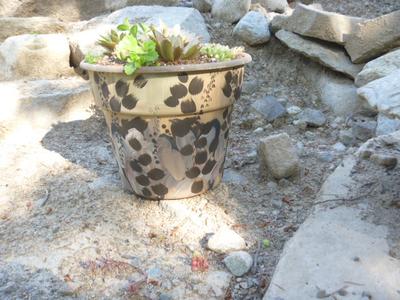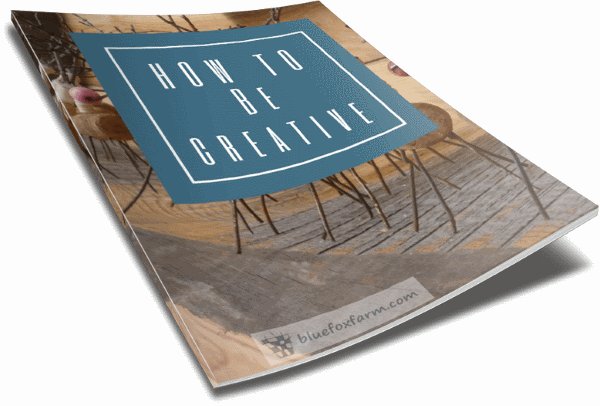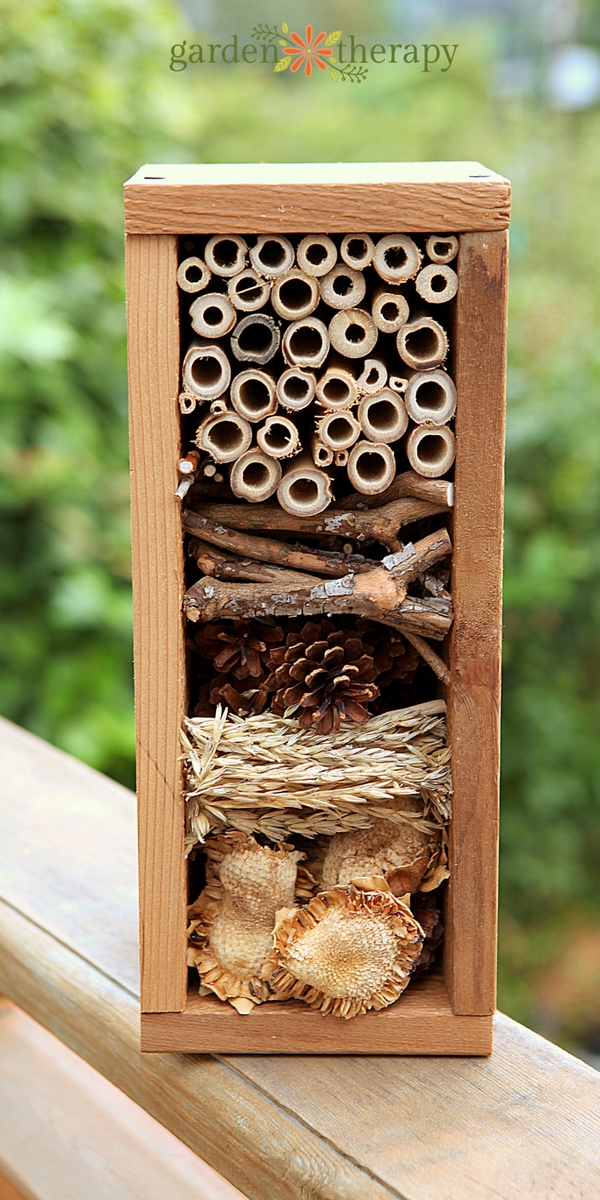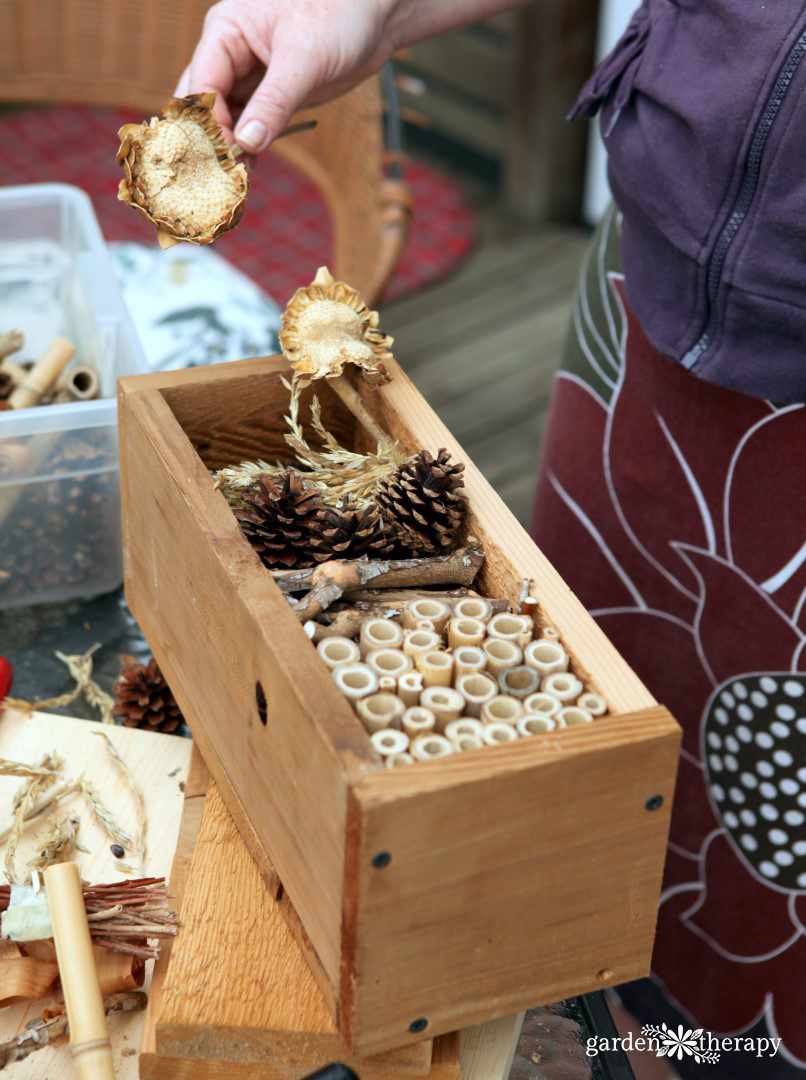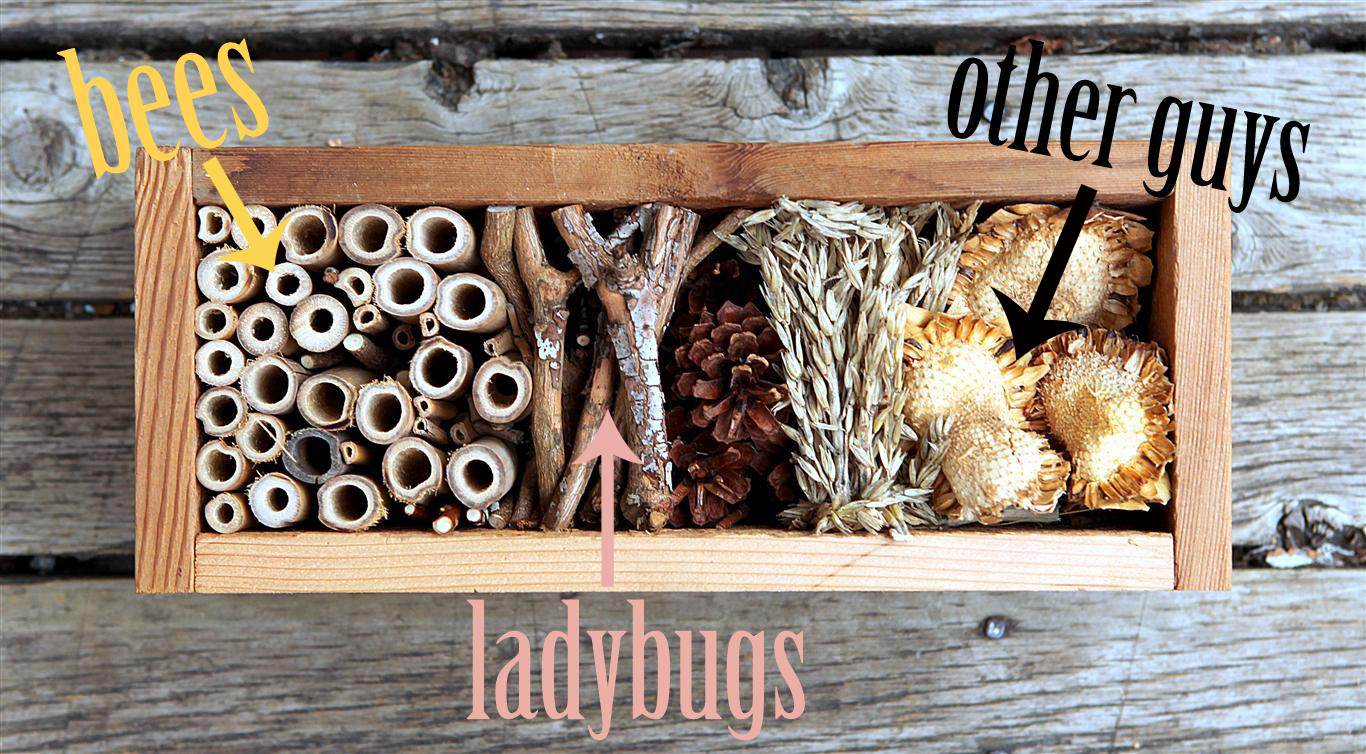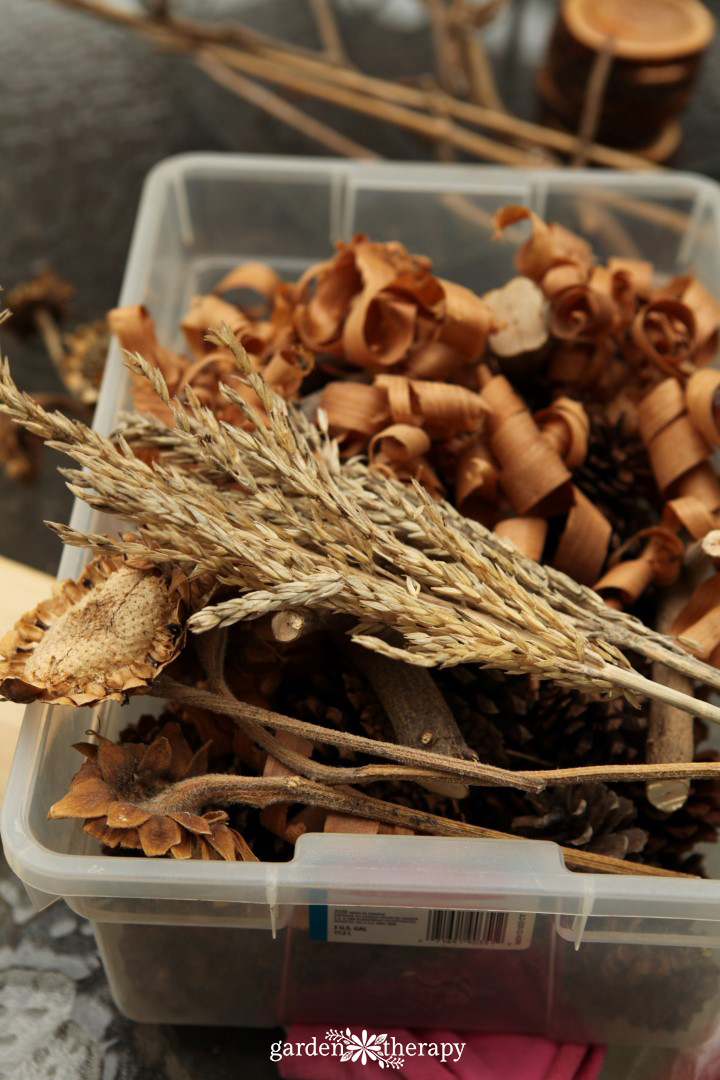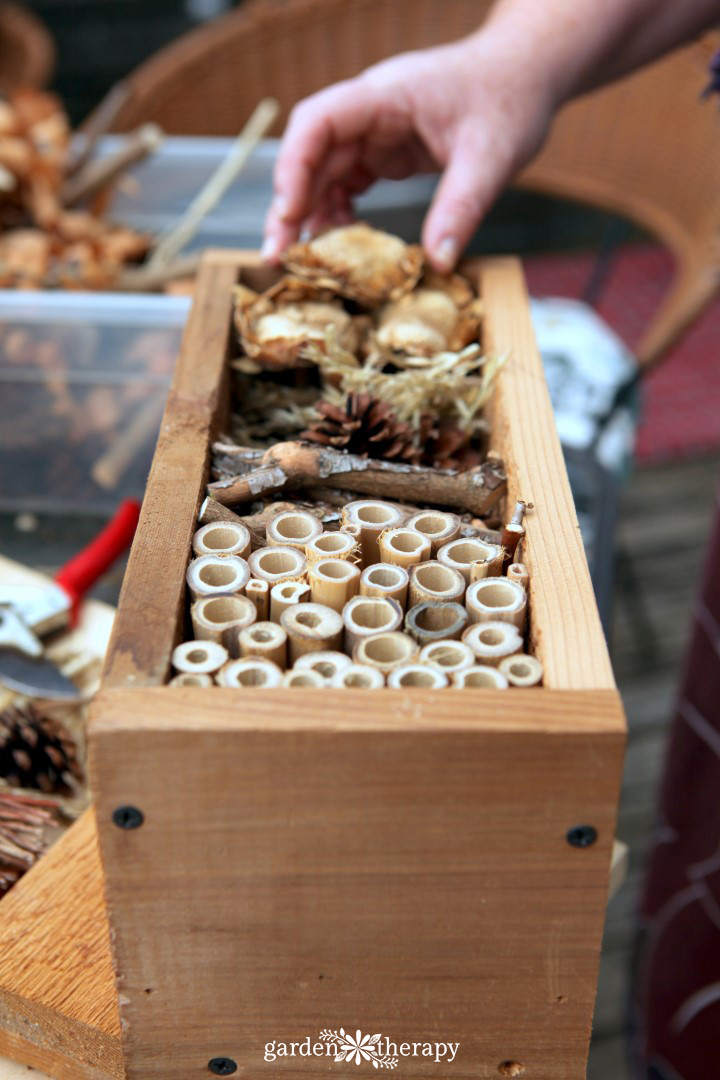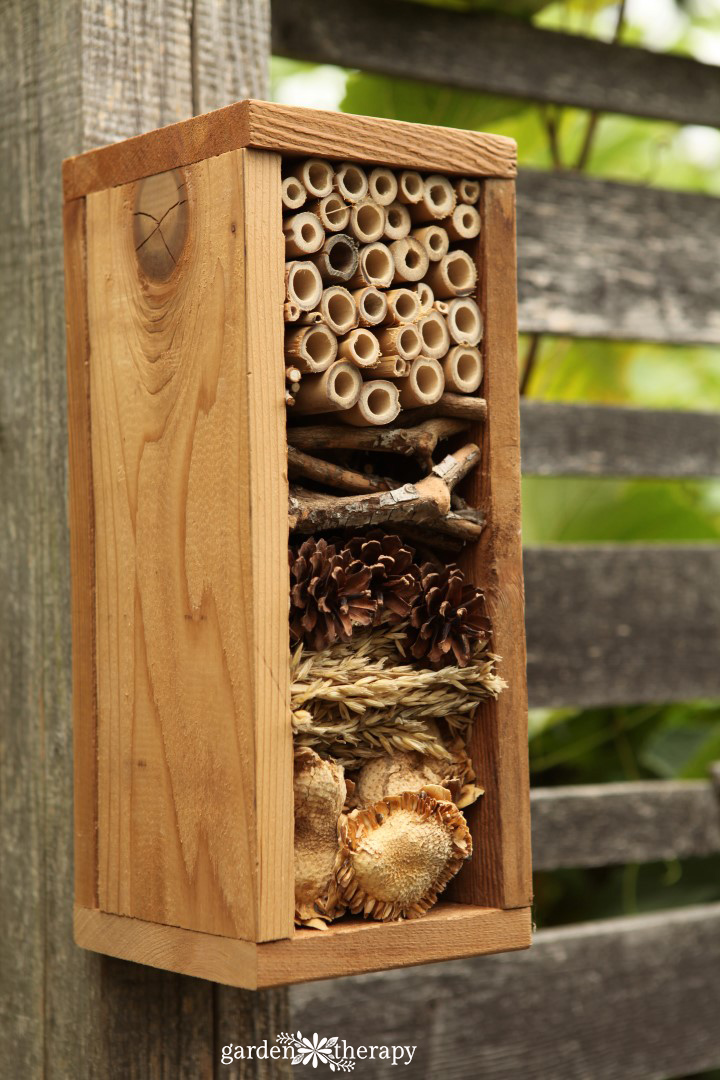
Garden Tour!
Catherine Lepage lives and gardens in Eastern Ontario, Canada near the US border. She says, “I collect old galvanized containers and grow lovely flowers in all of them; washtubs, pails, feeding troughs… I will plant flowers in absolutely anything! I love hostas, Lupines and lilies the most. Here, we grow apples, plums, grapes and all of the regular garden fare and my yard covers approximately on and a half acres and is full of colour all summer long.”
Using vintage family artifacts in the junk garden



Garden legacy
“I have enjoyed gardening since I was a child. My paternal grandmother had the most beautiful gardens, both flower and veggie and she cherished them! Every time you visited you had to do a “garden tour” with her. My Dad loved to garden, too, and I used to putter there as well as help take care of our neighbour’s gardens when they were away.”

“When I grew up and lived in an apartment in Ottawa, I could not wait for the day to move into a home with a yard so that I could have gardens!! My first veggie garden could have fed the masses!! It was huge and I planted anything that our climate could grow.”

Don’t fence me in
“Our home now sits on 51 acres of almost all wooded land. When we purchased our home, it was a clean slate…no landscaping, no gardens. I started small, planting flowers and shrubs in front, then I grew the yard to incorporate more land and trees and it got bigger and wider until my husband said “WHOA! We cannot plant 51 acres of yard and flowers!” He has now bound me with perimeters, that are, rustic rail fences! I add more vintage items and my collection of galvanized containers run throughout my yard.”

Catherine’s ‘garden vignette’ How-To
“Here I go again…copying what I have seen on Flea Market Gardening! Birdbaths made from re-purposed vases, platters and microwave turntables….one-of-a-kind beauties! I have since placed a solar spotlight aimed at the vases and the blue beads inside glow at night! The blue ball in the center is an upside-down tea light holder.”

“I saw the idea of the “bird-watering” station on this page and decided to try it out. Ashtrays are hard to get anymore so I decided to try pickle trays, platters, anything that has a rim on it. I think that I have cleared out the local “Value Village” of their vases, platters and microwave turntables!”
“I, then, decided to add “pops” of colour by incorporating “gems” from the dollar stores. If you wrap a paper towel tube with plastic wrap and place in the middle of the vase, you do not need to use as many gems!
I have placed solar spot lights aimed at the vases and this makes the birdbath glow, the gem colour, in the dark…quite spectacular actually, if I say so myself!”
Family treasures used in the garden
Catherine’s Dad recently moved into a nursing home, so, as the family got his house readied for sale, she came across some wonderful finds in his attic, basement and garage. Everything from old windows and lanterns to old gardening tools and rubber boots…all now enhance her flower gardens!

Catherine says, “In the back of my yard, I have planted hens ‘n chicks in the crotch of a tree! They are spreading well and will attach themselves to anything! Makes a great conversation piece, too!”

“Anything can become a flowerpot! I collect baskets and old furniture to use to display my annuals,” Catherine tells us.



“Gardening is my “go to” place when I need calm!! I love it and I love the ideas that I get from Flea Market Gardening!” Catherine says.


Original article and pictures take www.fleamarketgardening.org site
